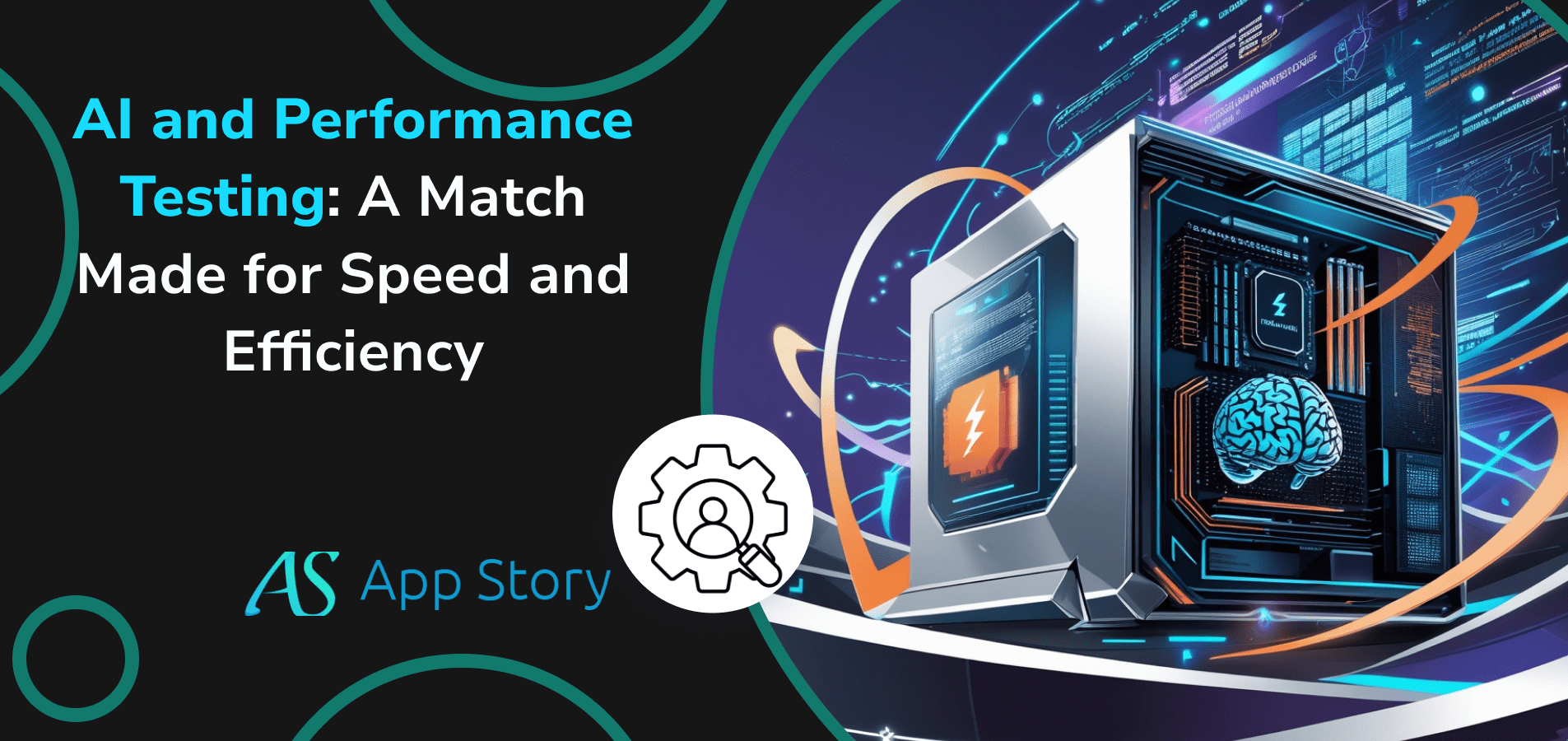An inefficient workflow can certainly get in the way of your growth, no matter if you’re a mobile app development agency or a freelancer. These inefficiencies increase your build time, and when that happens, your client throughput is naturally low. When I started my agency two decades back, we didn’t always use the best practices. But we’ve managed to pick it up with experience, helping to reduce both our app build times and their time to market. Today, I’ll be sharing with you a couple of useful mobile app development tips and tricks that have helped us get ahead and increase revenue. I’m certain that they can do the same for you. Take a look.
- Don’t build for two platforms concurrently
Initially, some of the mobile app development agencies used to make this mistake, and many businesses still do today. And that’s building an application for both iOS and Android at the same time. Consequently, this means that your production time is twice as long.
I recommend that you first build for one platform. Preferably, build for Android first, as this holds the lion’s share of the mobile OS market with 70.77% worldwide. Then after you release it for Android and tap into that market, you can work on the other.
- Embrace cross-platform development
When you use cross-platform technologies, you can reuse a single code base and that lowers your production time. But before you do that, be sure to seek the consent of your client after helping them understand the differences between both routes.
If your app intends to leverage features native to iOS or Android, cross-platform development will of course not be ideal. Nonetheless, always seek out opportunities to use cross-platform technology stacks as they will lower your production time and costs.
- Turn to low-fidelity wireframes
Of course, adding details to your wireframes allows you to accurately capture the client’s vision in terms of UI/UX and desired features. But you don’t need to go overboard as high-fidelity wireframes will only hamper your productivity.
Therefore, I recommend that you opt for low-fidelity wireframes instead by sticking to basic design views and features. This is one tactic that has helped my mobile app development agency to save countless work hours.
- Use the lean software development method
Some developers I know want to complete every intricate app detail before they launch it to the market. But this is not the best way to go about development.
Instead, I suggest that you embrace the lean method where you launch just the minimum viable product rather than a fully functional solution. When you do this, your customers can launch their product fast, while you work on feature updates on the fly more easily based on feedback.
- Automate your app testing
Did you know that developers on average spend up to 50% of their time testing new software? This means that most of us spend half our production time on debugging, which represents a very inefficient workflow.
I strongly advise that you automate your mobile app testing process. Today, that’s super easy as there are many AI-driven quality assurance solutions, Appium being one of them, that can save you countless hours of manual testing.
- Perform QA after each milestone
Sprinting through app development from start to finish may seem time-efficient, but it isn’t. You may have to rewrite huge blocks of code if you need to make a change later on.
Therefore, your QA process should come after every milestone. Be that after one or two features, but preferably before you cover extensive ground. I find that having dedicated QA analysts who work with your design team as they go along is quite shrewd.
- Keep your release cycles short
According to various reports, 7 to 14 days is the optimal duration of release cycles. I couldn’t agree more. At our agency, we commonly use 2 weeks as a general rule of thumb and it has made a huge difference over the years.
We can respond faster to unforeseen changes and user feedback. Generally, short release cycles will help you to make change more effortlessly, be that the disruption that comes with infrastructure technology releases.
- Use the right programming languages
Initially, we used to write our iOS apps mostly using Objective-C. When we made the switch to Swift, we started writing fewer lines of code. Likewise, we have also been able to speed up production by writing our codes for Android in Kotlin as opposed to Java.
It’s easy to get caught up in the old ways of doing things because upskilling developers takes time. But I find that the ROI is worth it in the long run so embrace modern programming languages.
- Watch for the latest toolkits
Google and Apple are always dishing out new toolkits like it’s Christmas, which makes it hard for any mobile app development agency to keep up. But it’s worth it.
For example, via the ARKit, Apple has made it easy for you to build apps that rely on augmented reality. Google’s Android Things framework also made life easier for us. The point is that you need to watch the trends so that you’re always using the latest toolkits.
- Always go for third-party assets
I constantly see developers creating something from scratch that has already been done. That’s why I recommend that you leverage third-party assets so that you do not waste production time reinventing the wheel.
There are a tonne of websites, like the Unity Asset Store, at your disposal that can provide you with ready-made assets, so you don’t have to start from scratch, for everything from music to graphics and everything in between.
Speed will give you a competitive edge
It’s a highly competitive market. There’s certainly no shortage of options for businesses turning to you to develop their app. But if you can speed up your building time and how quickly you can get your app ready for the market, it will give you the competitive edge. Fortunately, these 10 crucial tips will help you to do just that. That being said, you should also never sacrifice speed for quality. For complex projects, it’s important to help your client understand just why you’ll need time to deliver a top-quality application.






 United States
United States United Kingdom
United Kingdom India
India Canada
Canada Singapore
Singapore















![10 Benefits of the Internet of Things You Should Know [2025]](https://www.appstory.org/wp-content/uploads/2025/03/ATS-10-Benefits-of-the-Internet-of-Things-You-Should-Know-2025@2x-80x60.png)




















